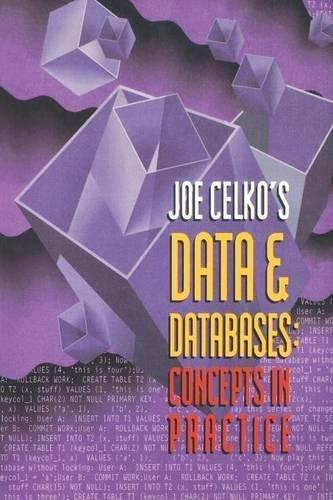need help solving this

You are given two arrays A and B consisting of N integers each. Index K is named fair if the four sums (A[0] + ... + A[K-1]). (A[K] + .. + A[N-1]), (B[0] + ... + B[K-1) and (B[K] + ... + B[N-1]) are all equal. Ir other words, K is the index where the two arrays, A and B, can be split (into two non-empty arrays each) in such a way that the sums of the resulting arrays' elements are equal. For example, given arrays A = [4,-1,0, 3) and B = (-2,5, 0, 3), index K = 2 is fair. The sums of the subarrays are all equal: 4 + (-1) = 3; 0+3 = 3; -2 + 5 = 3 and 0 + 3 = 3. On the other hand, index K = 1 is not fair, the sums of the subarrays are: 4; (-1) + 0 + 3 = 2; -2 and 5 +0+ 3 = 8. Write a function: class Solution ( public int solution (int[] a, int[] B); which, given two arrays of integers A and B, returns the number of fairindexes. Examples: 1. Given A = 14,-1,0,3] and B = [-2,5, 0, 3), your function should return 2. The fair indexes are 2 and 3. In both cases, the sums of elements of the subarrays are equal to 3. 2. Given A = (2,-2, -3,3) and B = [0, 0, 4,-4), your function should return 1. The only fair index is 2. Index 4 is not fair as the subarrays containing indexes from k to N-1 would be empty. 3. Given A = 14.-1.0.3) and B = [-2,6, 0, 4], your function should return 0. There are no fair indexes. sums of the subarrays are: 4;(-1) + 0 + 3 = 2;-2000 function: class solution { public int solution (int[] a, int[] B); ch, given two arrays of integers A and B, returns the number of indexes. amples: Given A = [4,-1,0, 3) and B = (-2,5, 0,3), your function should return 2. The fair indexes are 2 and 3. In both cases, the sums of elements of the subarrays are equal to 3. 2. Given A = 12,-2,-3,3) and B = [0, 0, 4,-4), your function should return 1. The only fair index is 2. Index 4 is not fair as the subarrays containing indexes from K to N-1 would be empty. 3. Given A = [4,-1,0.3) and B = (2,6, 0, 4], your function should return 0. There are no fair indexes. 4. Given A = 13, 2, 6) and B = [4,1, 6). your function should return 0. 5. Given A = [1,4, 2,-2,5), B = 17.-2,-2.2,5), your function should return 2. The fair indexes are 2 and 4. Write an efficient algorithm for the following assumptions: Nis an integer within the range (2..100,000): each element of arrays A, B is an integer within the range (-1,000,000,000..1.000.000.000









